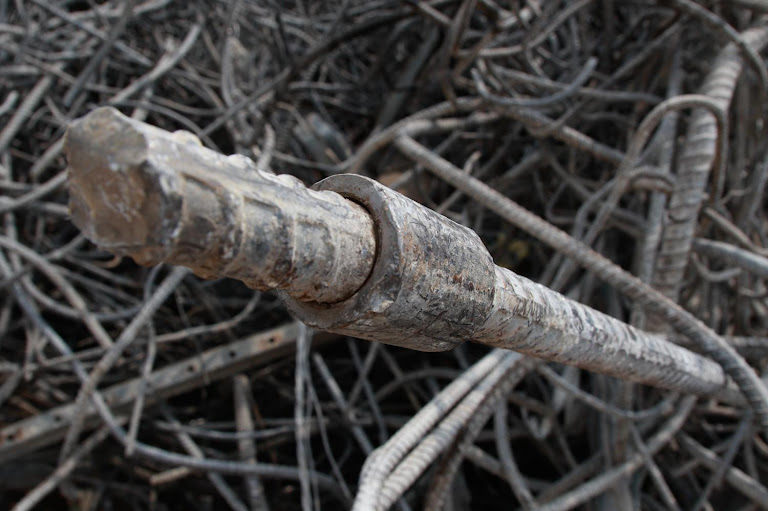Bangkok Earthquake Reveals Substandard Steel; Regulations Must Improve
Substandard steel from Xin Ke Yuan Co. and lax oversight highlight the need for construction sector reform and stronger building codes.

The collapse of the State Audit Office building in Bangkok, triggered by the March 28th earthquake, has exposed more than just faulty steel. It has laid bare the vulnerabilities at the heart of rapid development, the sometimes-tenuous relationship between economic incentives and public safety, and the complex interplay of regulatory oversight and industry practice. As reported in the Bangkok Post, the discovery of substandard steel from Xin Ke Yuan Steel Co. at the disaster site has sent ripples through Thailand’s construction sector and raised difficult questions about the nation’s building codes and enforcement mechanisms. The Bangkok Metropolitan Administration’s (BMA) subsequent prohibition on the use of “T-steel” in high-rise projects, as detailed in these recent findings, is a necessary but reactive measure, a kind of emergency brake pulled after the train has already started to derail. The question now is how to fix the tracks, not just stop the immediate danger.
The immediate aftermath of a disaster often focuses on the visible damage—the collapsed structures, the immediate casualties. But the deeper, more systemic damage is often harder to see. It resides in the erosion of public trust, the chilling effect on investment, and the realization that the pursuit of growth can sometimes outpace the development of robust regulatory frameworks. In this case, the Board of Investment’s decision to withdraw incentives from Xin Ke Yuan Steel Co. signals a recognition of this complex dynamic. It suggests an attempt to recalibrate the balance, to ensure that economic development doesn’t come at the cost of fundamental safety.
The ongoing investigation, with its meticulous collection of evidence and forensic testing by institutions like King Mongkut’s Institute of Technology and the Iron and Steel Institute of Thailand, will hopefully provide a clearer picture of what went wrong. Was it a failure of material standards, a lapse in construction practices, or a combination of factors? The answers will be crucial in shaping future policy. But we must look beyond assigning blame to a single company or individual. This incident demands a broader interrogation of the systems that allowed these materials to be used in the first place, including:
- The strength and enforcement of building codes.
- The oversight of material quality and supply chains.
- The balance between incentivizing economic growth and protecting public safety.
- The long-term costs of cutting corners in the name of efficiency.
These are the deeper questions that must be addressed if Thailand hopes to build a more resilient future. The increase in funeral aid and the allocation of emergency funds for recovery are essential for immediate relief. But true recovery requires a more profound reckoning with the systemic vulnerabilities revealed by this tragedy.
This earthquake wasn’t just a natural disaster; it was a stress test of a system. And the system, it appears, failed. The challenge now is to rebuild, not just the physical structures, but the underlying framework of trust and accountability that allows a society to truly flourish.









